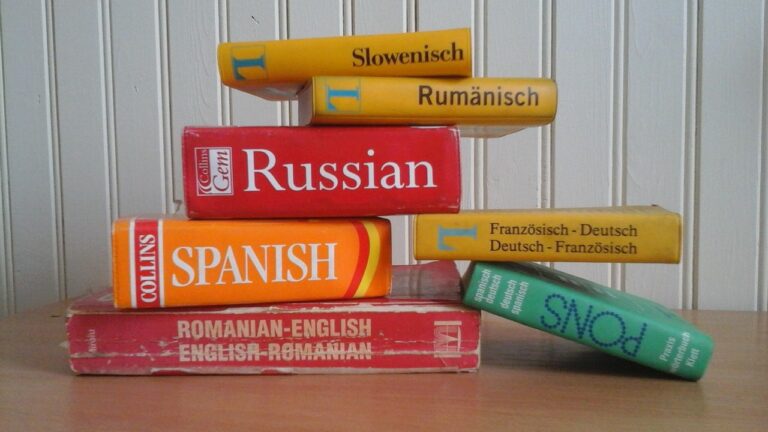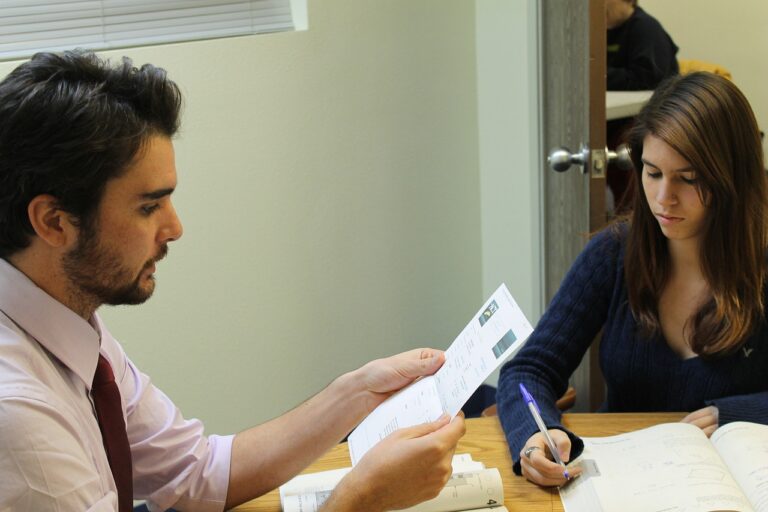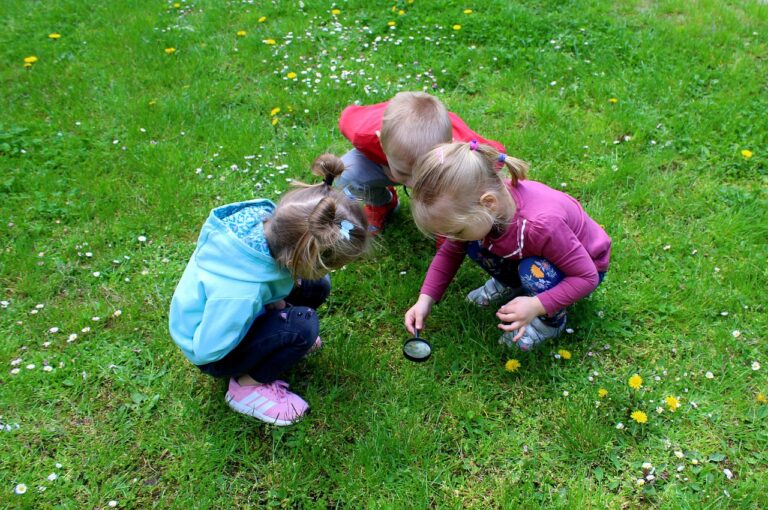Strategies for Teaching Media Literacy to High School Students
In today’s digital age, the ability to critically analyze and evaluate the information we encounter has become increasingly crucial. Media literacy, the aptitude to decipher and interpret media messages, plays a pivotal role in helping individuals navigate the vast sea of information available to them. By honing media literacy skills, individuals can differentiate between reliable sources and misinformation, empowering them to make informed decisions and form well-rounded opinions.
Moreover, media literacy not only equips individuals with the tools to discern between credible and fabricated content but also fosters a deeper understanding of the media landscape and its influence on society. In a world where information spreads at a rapid pace, being media literate enables individuals to question, challenge, and critically assess the content they consume, thereby reducing the susceptibility to manipulation and falsehoods. Ultimately, cultivating media literacy is synonymous with nurturing a population that is capable of engaging with media content thoughtfully and responsibly.
Identifying Fake News and Misinformation
In the digital age, the spread of fake news and misinformation has become a pressing issue. With the ease and speed at which information can be shared online, it is crucial for individuals to sharpen their skills in discerning what is true and what is fabricated. One key aspect to watch out for is the source of the information. Reliable news outlets often have a history of credible reporting, while questionable sources may lack corroborating evidence or have a biased agenda.
Another red flag to be aware of is the language and tone used in the news piece. Sensational headlines or emotionally charged language can be indicators of misinformation. Be cautious of news articles that appeal solely to your emotions or confirm preconceived beliefs without presenting verifiable facts. It is essential to dig deeper and verify information from multiple sources before accepting it as the truth.
Teaching Critical Thinking Skills
One effective way to cultivate critical thinking skills is through encouraging students to question information presented to them. By teaching them how to analyze and evaluate the credibility of sources, individuals can develop a more discerning approach towards the vast amount of information available in the media landscape. Students can be guided to consider the motives, perspectives, and potential biases behind the content they consume, aiding them in making informed judgments and decisions.
Furthermore, fostering an environment that values open discussion and diverse viewpoints can enhance critical thinking abilities. Encouraging students to engage in respectful debates, challenge assumptions, and consider various perspectives can help them develop the skill of evaluating arguments and forming well-reasoned opinions. By promoting active engagement with different ideas and perspectives, educators can empower students to think critically and independently in a world filled with information and opinions.
Why is it important to teach critical thinking skills?
Teaching critical thinking skills is important because it helps individuals evaluate information, make informed decisions, and solve problems effectively.
How does media literacy play a role in critical thinking?
Media literacy is important in critical thinking as it helps individuals analyze and evaluate media messages, identify bias, and distinguish between credible sources and misinformation.
How can fake news and misinformation impact society?
Fake news and misinformation can manipulate public opinion, spread falsehoods, and create divisions within society. It is important to teach individuals how to identify and combat these issues.
What are some strategies for teaching critical thinking skills?
Some strategies for teaching critical thinking skills include encouraging students to ask questions, analyze information from multiple sources, and consider different perspectives before forming conclusions.
How can critical thinking skills be applied in everyday life?
Critical thinking skills can be applied in everyday life by helping individuals make logical decisions, solve problems effectively, and navigate the vast amount of information available in the digital age.





